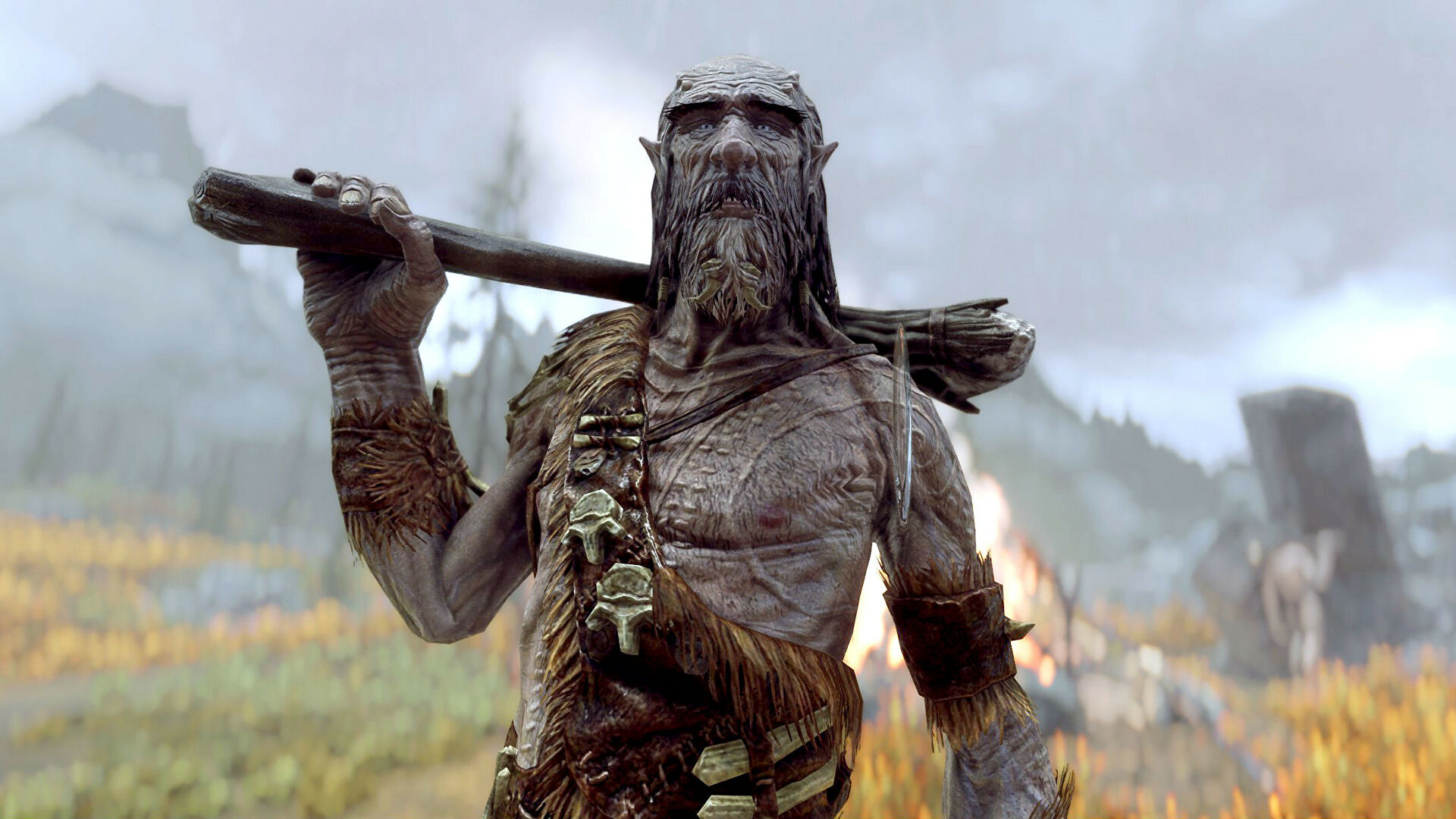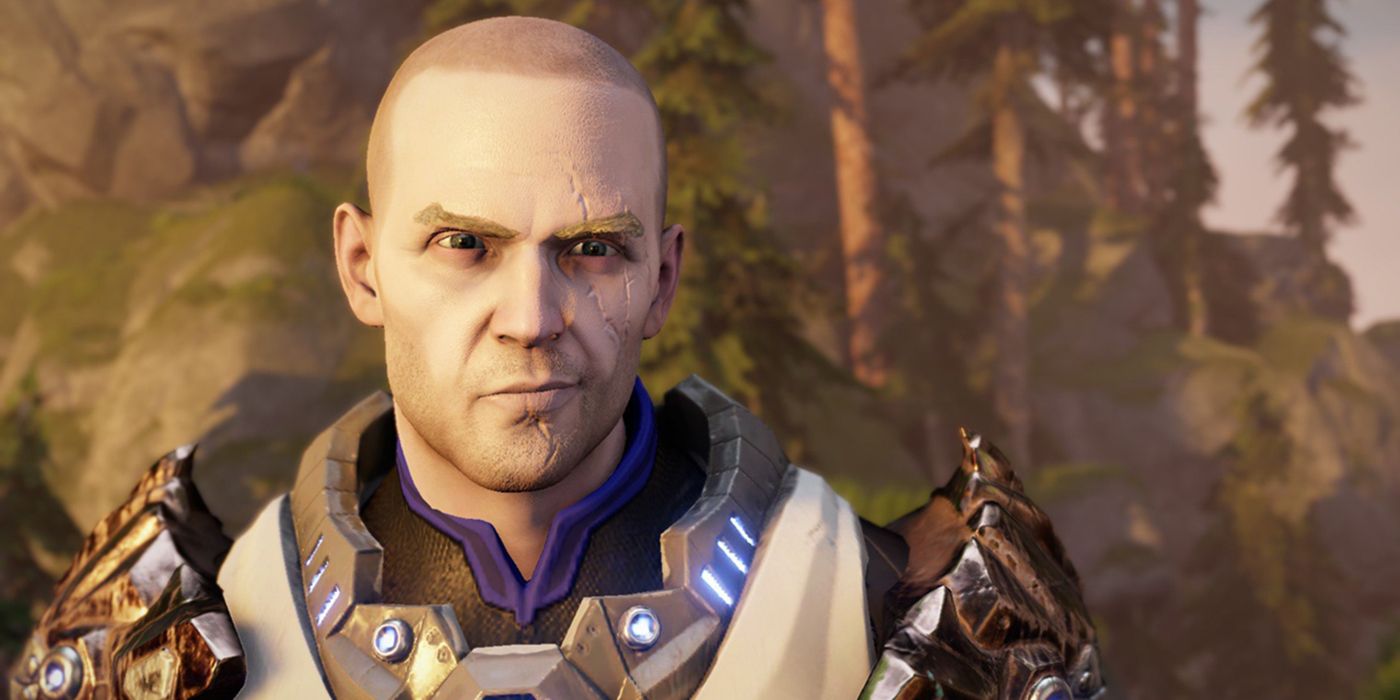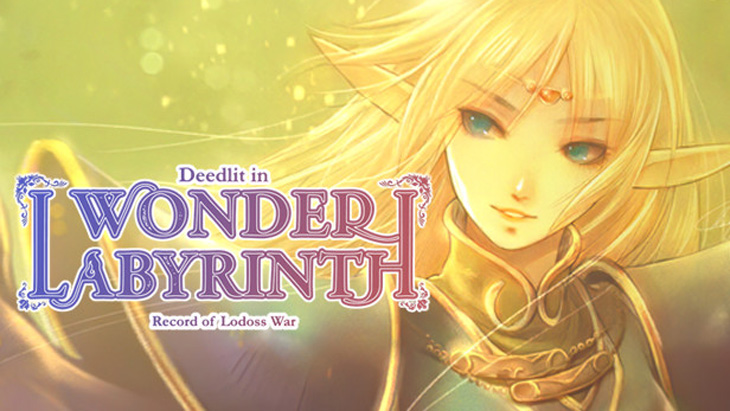
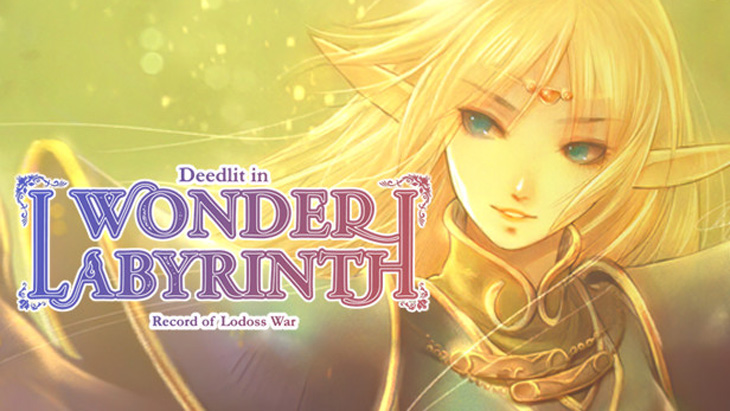
Well someone had to go and make a new Metroidvania, and not a moment too soon. Record of Lodoss War: Deedlit in Wonder Labyrinth picks up the retro genre, and with its pixel art and focus on exploration, it markets itself as an oldschool platformer.
Though the Metroidvania genre is a popular playground for indie devs, it’s rare for a game developer to take the time to recapture the sort of pixel graphics fans might remember; from games such as Castlevania: Aria of Sorrow or Symphony of the Night.
Record of Lodoss War: Deedlit in Wonder Labyrinth is the latest game from Team Ladybug, whose previous works include Touhou Luna Nights– another Metroidvania based off of the Touhou series. Team Ladybug has experience when it comes to the genre, but can they capture the retro fantasy appeal of Record of Lodoss War?
Record of Lodoss War: Deedlit in Wonder Labyrinth
Developer: Team Ladybug
Platforms: Windows PC (reviewed)
Release Date: March 27, 2021
Players: 1
Price: $19.99 USD
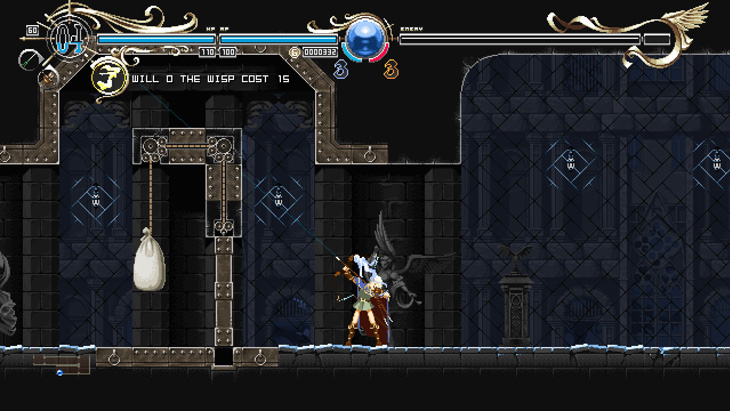
Record of Lodoss War: Deedlit in Wonder Labyrinth is based off a series of Japanese fantasy novels that debuted in 1988, which were inspired by the replay logs from an actual Dungeons & Dragons game played in Japan. The series follows a party of adventurers led by the fighter Parn; however this game’s focus is the party’s sole elf: Deedlit.
Deedlit is a high elf from the Forest of No Return, who leaves her people’s ancestral home in the woods in order to find a solution for their dwindling population; made ever worse due to their isolationism. Deedlit is one of the more capable fighters among Parn’s friends, and as an elf Deedlit possesses inhuman agility and a bond with the spirits of nature to perform feats of magic.
The story assumes a lot of foreknowledge on the part of the player. We’re introduced to Deedlit, Parn, “The Gray Witch,” and other characters with little preamble as if we’re expected to understand the relationship between these characters. This is similar to the problem seen in Fairy Tail, where it’s very much a game that assumes players are fans of the series already.
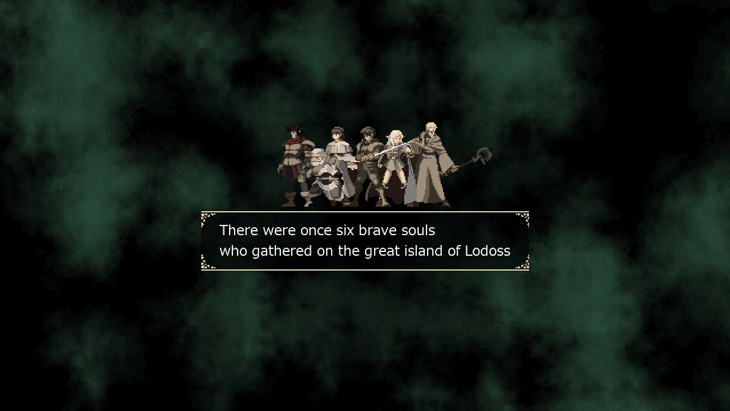
In the game, Deedlit wakes up in a mysterious labyrinth and sees an apparition of her beloved Parn, whom she chases after. The Gray Witch offers Deedlit whatever she desires as long as she swears loyalty to her, a deal that Deedlit ultimately refuses as she delves deeper into the labyrinth.
However all is not as it seems in the labyrinth. Powerful beings appear to be sealed inside, and the brief almost illusory appearances of her friends turns the labyrinth into a dreamlike landscape that leaves the player asking “what” is the labyrinth, instead of where is it or why is she here. There’s an undeniable magical element to the labyrinth, and those sealed within that makes it clear there’s more than meets the eye.
The important thing is that despite the game’s assumption of the player’s knowledge, it works perfectly fine as a standalone story. At the very least the game infers or explains some important relationships, like that between Parn and Deedlit, which is enough to explain her motivation.
Even so, the game will leave players in the dark when it comes to other NPCs and bosses, and their importance in the setting’s lore. If you’re a fan of Dark Souls, you’ll be used to that.
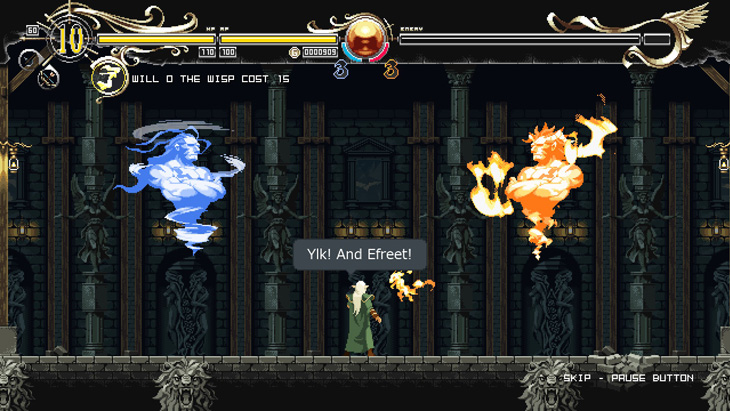
Speaking of meets the eye, players will be pleased with the game’s “retro” pixel style graphics. I put retro in quotes, because frankly the detailed spritework (especially for Metroidvanias) was more of a thing from the early 2000s. Let’s face it: some of us are old and think retro is more appropriate for the 80s.
Bosses and enemies are given a great amount of detail, and humanoid characters such as the NPCs or even Deedlit herself are given a familiar faceless style, another similarity to the Castlevania spritework it tries to emulate.
More importantly, even three-dimensional bosses remain done in sprites. One boss- a large dragon- has a body which exists “behind” the playing field, and its head has a hitbox, giving the illusion of depth.
Some attacks also make use of this faux depth. While this has the benefit of simply looking nice, it also adds a new angle for attacks and enemies to emerge from, and adding onto the game’s difficulty.
Backgrounds remain cohesive aesthetically with the game. There’s no awkward mishmash of 3D and pixel assets that’s become common in indie games nowadays. The labyrinth is made up of visually distinct zones which also blend well together, or at least enough that the transition between stages isn’t jarring.
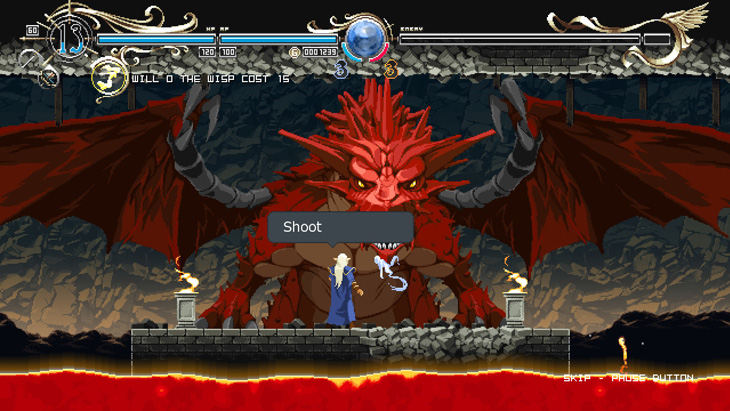
The game is unapologetic about its difficulty… Which is to say it’s not terribly difficult. Boss fights have recognizable patterns, and there’s mechanics which allow healing and damage negation. But these mechanics reward skillful players instead of being an easy mode for the game… Usually.
Deedlit can charge up two spirit gauges to level three by hitting and defeating enemies. When these gauges are at level three, she can heal by making that her active spirit. This healing lasts until she gets hit, and the spirit gauge of that element drops a level. It’s easy to maintain these full gauges in the middle of a boss fight, and there’s no limit to the healing so long as the gauge remains at three.
These mechanics are just as often used to make fights irrelevant. What’s the difference? In one boss fight, you methodically switch your active spirit (you can choose the spirit of Fire or Wind and switch at will) to negate damage of a certain element in order to navigate the waves of projectiles.
In another boss fight, you hit these piles of meat that are conveniently in the corners in order to fill your gauge; which allows you to heal, and you can do this forever. Just run back and forth.
This egregious example only really happens once, but it’s enough to make you consider whether the mechanic is potentially trivializing an otherwise grueling Metroidvania. I personally think it’s a fine mechanic, it makes it easier to heal between rooms without having to constantly retreat back to a save statue.
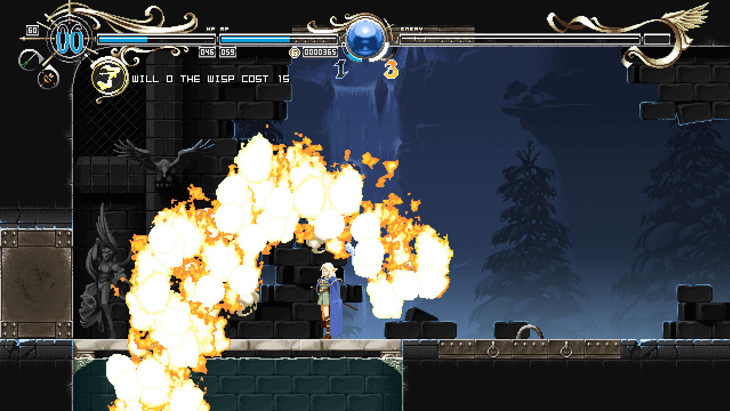
The music in Deedlit in Wonder Labyrinth is exceptionally good for what seems to be a game out of nowhere. The music combines a whimsical fantasy aesthetic with a quick tempo, and a little bit of an electronica beat to it that would feel right at home in an arcade game.
Ultimately Record of Lodoss War: Deedlit in Wonder Labyrinth is an honest addition to the Metroidvania genre. It might feel short for a skilled player, who can probably beat it in about five to seven hours; but other classic games like the original Metroid are about a similar length.
The game manages to catch a large assortment of players. Fans of the anime will definitely want to follow this adventure in the land of Lodoss, while those unfamiliar with the series will find the game to be a satisfying standalone game with an easy enough story to follow.
Team Ladybug does Lodoss justice, while not forgetting that despite its cult fanbase, many people (especially in the west or younger players) might not be familiar with Record of Lodoss War.
